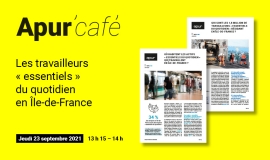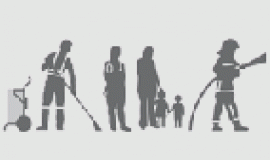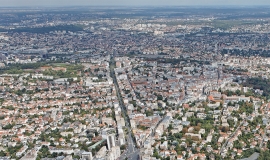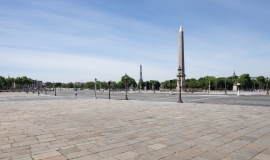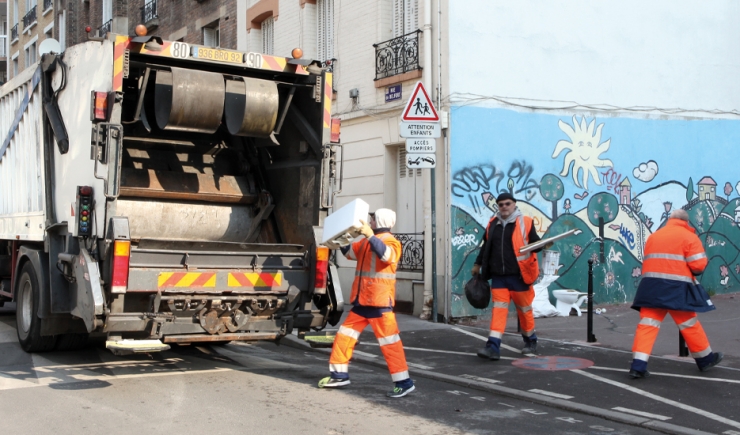
The Covid-19 pandemic highlighted the indispensable role of certain workers who provide for the needs of the population. These “day-to-day essential” workers form a group of very diverse jobs (cashiers, nurses, delivery people, doctors, teachers, etc.). In comparison with the entire working population, they are more often women, immigrants, blue collar workers, with low salaries and they often live in social housing. Two studies published jointly with Insee, the Paris Urbanism Agency (Apur), The Paris Region Institute and the Ile-de-France Regional Health Observatory (ORS) provide enlightening information about these workers and can contribute to the current thought process on their access to social housing. The present study describes their profiles and their working and living conditions, the second analyses the geography of where they are resident and where they work (Apur note n° 201).
34% of the working population living in Ile-de-France are “day-to-day essential” workers.
According to the chosen definition, 1.8 million “day-to-day essential” workers live in Ile-de-France, that is 34% of the working population. This proportion is lower than in other regions of metropolitan France (42%) due to the high number of large establishments, head offices and ministries where “day-to-day essential” workers are under-represented.


